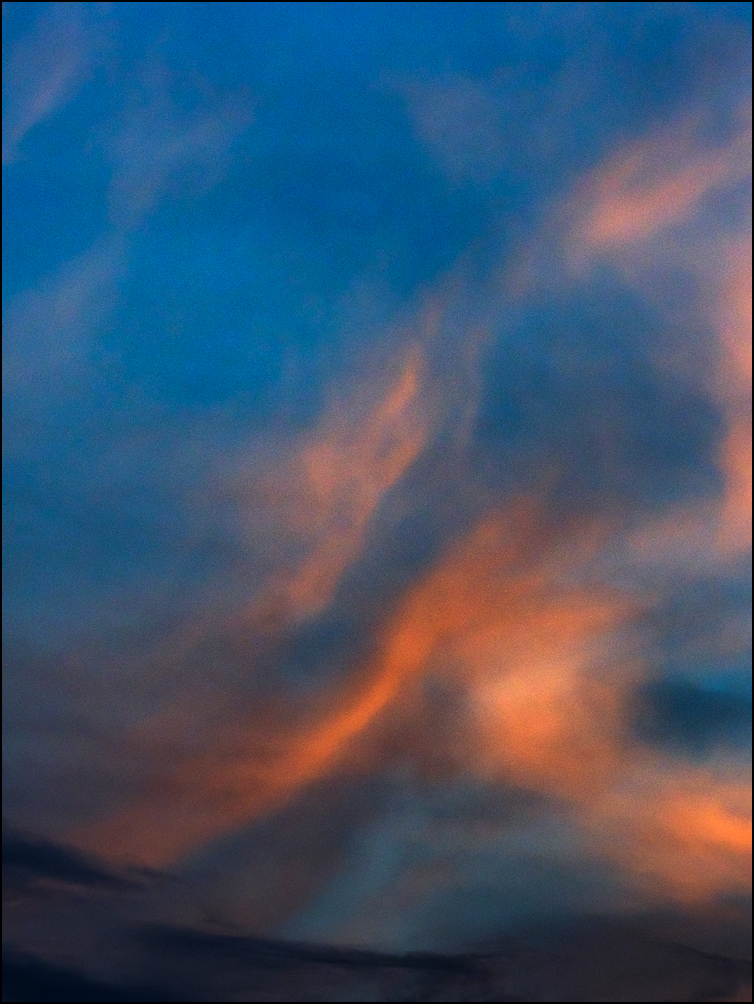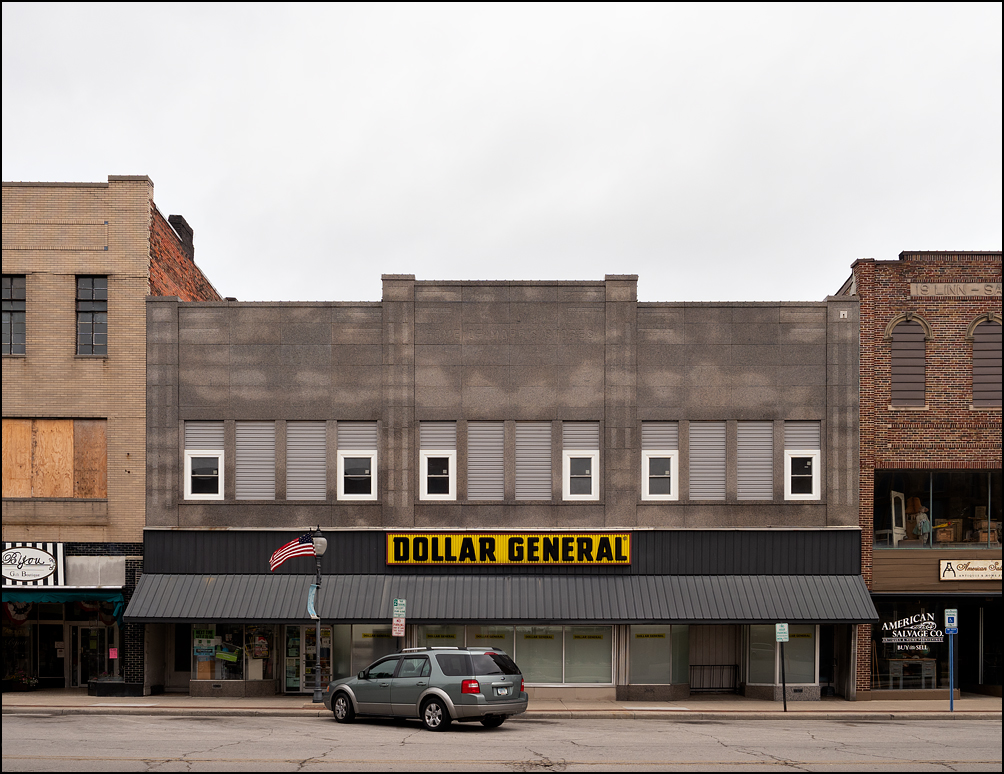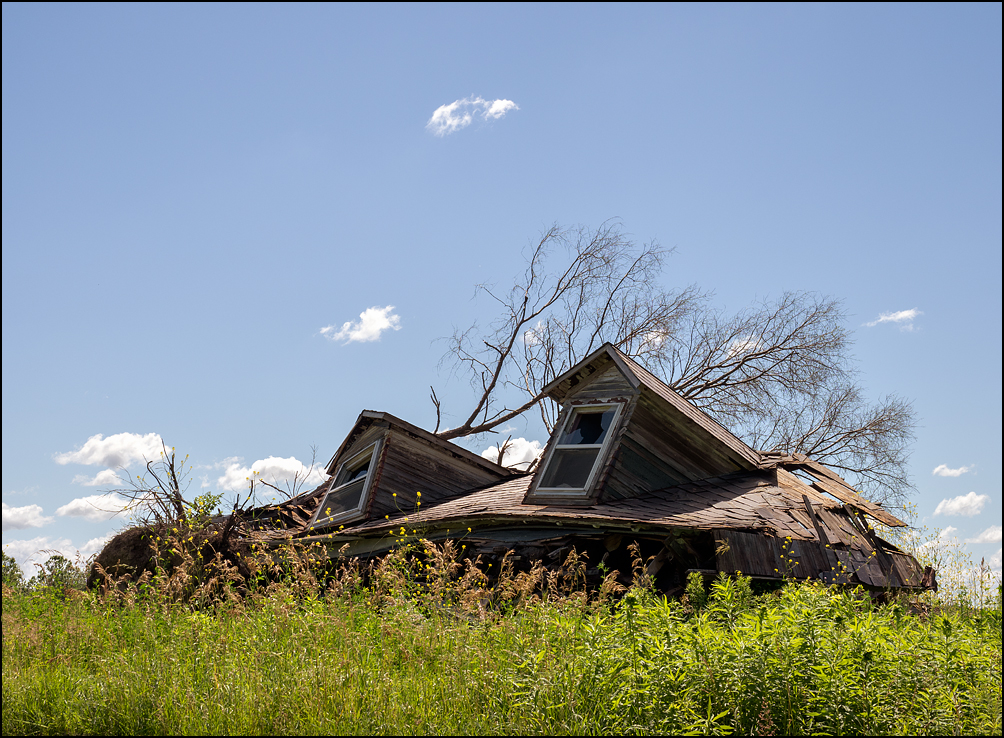Chriscrawfordphoto
Real Men Shoot Film.

This is the fourth of a series of abstract photographs that I made of the sky over my neighborhood in Fort Wayne, Indiana.



A Chevrolet Corvette from the early 1980s with a large American flag draped down its back end waits for the beginning of the 2021 Waynedale Memorial Day Parade in the parking lot of Waynedale United Methodist Church. The church is the staging area for the annual parade.
The parade runs north along Old Trail Road, from the church to the Prairie Grove Cemetery, in the Waynedale area of Fort Wayne, Indiana.
Waynedale was a small town until it was annexed by the city of Fort Wayne in 1957. The area still looks like a small town.

This window is on the side of First United Methodist Church, located on the corner of Walnut Street and Williams Street in the small town of Bluffton, Indiana. Someone has written "Satan Was Here" on the window!
The graffiti reminded me of a story that my grandpa used to tell. One Sunday when he was a teenager, he and a couple of friends went to a church in Fort Wayne at the invitation of the pastor, who was a neighbor of his. The minister began the service by running around up and down the aisle in the church, shouting and waving his hands. One of the church's regular members told them that the pastor was chasing the devil out, and that he began each service this way! Grandpa noted that the minister at the Lutheran church he normally attended did not have to chase the devil out before the service; and he reasoned that there must be something wrong with a church where that was necessary, since Satan normally wouldn't dare show his face in a church!
I guess this guy doesn't know that he's got the flag reversed -- the union (portion with the stars) is always top left as you view it.
Another great set of pictures, Chris. Always worth viewing. I am interested in knowing who settled many of these towns originally -- immigrants from specific countries? Wondering if the church architecture is in a style particular to any regions of Europe.
Chris, I’m always knocked out by the view camera like precision of your pictures of buildings and interiors. Two tech questions - (1) Do you use the eye level viewfinder or the LCD screen on the back of the camera? (2) Do you use a tripod for those shots?













